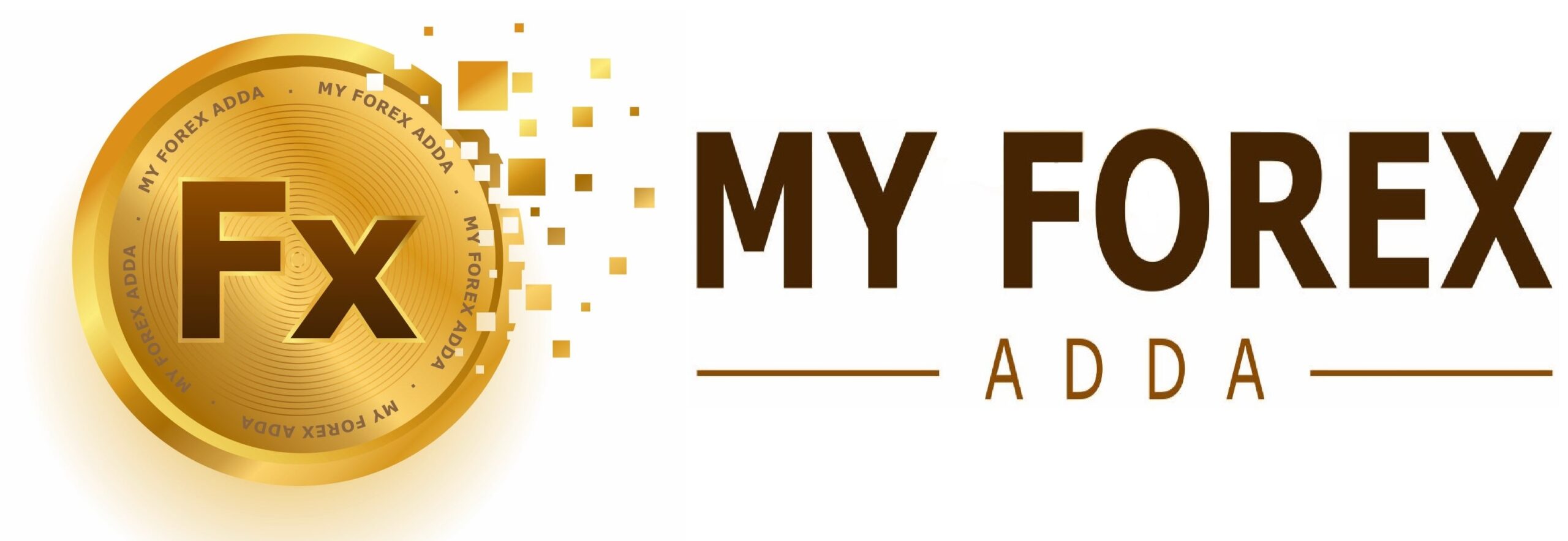Financial markets kicked off the week with caution, particularly in the currency arena, as attention turned to the upcoming U.S. presidential election, which is expected to be tightly contested.
This week also promises to be significant for investors, with major central banks including the Federal Reserve, Bank of England, Reserve Bank of Australia, Riksbank, and Norges Bank announcing their monetary policy decisions.
From November 4 to November 8, China’s National People’s Congress standing committee will meet, drawing attention for potential updates on recently announced stimulus measures.
In Asia, trading activity was limited due to a holiday in Japan, but there was notable movement in currencies, particularly with the U.S. dollar experiencing a broad decline.
The dollar fell 0.75% against the yen to 151.82, while the euro increased by 0.62% to $1.0901. The Australian dollar gained 0.76%, and China’s yuan appreciated by 0.46% in the onshore market.
Traders noted that the dollar’s drop could be attributed to a reputable poll indicating Democratic candidate Kamala Harris has taken an unexpected 3-point lead in Iowa, largely due to her appeal among female voters.
However, Harris and Republican candidate Donald Trump remain nearly tied in polls ahead of Tuesday’s election, and it may take days to determine the winner after voting concludes.
“At the beginning of last week, we were estimating about a 48% chance of a Republican sweep, but that has decreased to around 36% this morning, according to Polymarket. There has been a notable shift in the likelihood of a Republican victory, and the Democrats have certainly narrowed the gap,” explained Tony Sycamore, a market analyst at IG.
“As a result, we’re witnessing a pullback from the dollar ‘Trump trade’ rally in the market.”
Analysts believe that Trump’s policies on immigration, tax cuts, and tariffs would likely increase inflation, bond yields, and the value of the dollar, while Harris is viewed as the candidate representing continuity.
Due to the holiday in Japan, cash trading of U.S. Treasuries was inactive in Asia, but futures increased by 10 ticks.
MSCI’s broadest index of Asia-Pacific shares outside Japan climbed 0.6%, recovering from a dip to a five-week low on Friday.
U.S. stock futures turned around early losses, with Nasdaq futures up 0.42% and S&P 500 futures gaining 0.27%.
EUROSTOXX 50 futures remained unchanged, while FTSE futures dipped by 0.2%.
### Focus on China and Interest Rates
In addition to the U.S. election, the upcoming meeting of China’s NPC standing committee is also a key focus for investors.
Chinese stocks opened positively on Monday, with the CSI300 blue-chip index rising by 0.87% and the Shanghai Composite Index gaining 0.7%. Hong Kong’s Hang Seng Index increased by 0.28%.
According to Reuters, China is considering approving over 10 trillion yuan ($1.4 trillion) in additional debt over the next few years to stimulate its struggling economy, a fiscal package that may be expanded if Trump wins the election.
Among the various central bank meetings scheduled for this week, the Federal Reserve will be in the spotlight, with markets anticipating a 25-basis-point rate cut.
“Given the current data, we see no urgency for the FOMC to implement rate cuts,” stated analysts at ANZ.
“The election and uncertainty regarding the future fiscal landscape underscore the need for caution in adjusting monetary policy.”
The Bank of England (BoE) is set to meet on Thursday and is also expected to lower rates by 25 basis points. However, its decision has been complicated by a significant sell-off in gilts following last week’s Labour government budget, which has also pressured the pound.
The British pound was last up 0.56% at $1.2993, supported by a weaker dollar, after declining 0.3% the previous week.
In the commodities market, oil prices rose by over $1 after OPEC+ announced on Sunday that it would postpone a planned December output increase by one month.
Brent futures increased by $1.15 per barrel, or 1.57%, to $74.26, while U.S. West Texas Intermediate (WTI) crude gained $1.20 per barrel, or 1.73%, to $70.69.
Spot gold rose 0.12% to $2,738.49 an ounce, though it remains below its recent record high.


